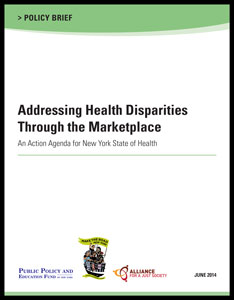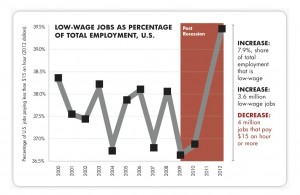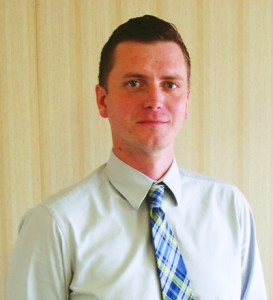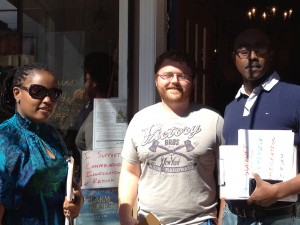 Building on New York State’s success in enrolling nearly a million New Yorkers in health insurance, a new report makes recommendations on how to continue improving health care by aggressively addressing health disparities in the coming years.
Building on New York State’s success in enrolling nearly a million New Yorkers in health insurance, a new report makes recommendations on how to continue improving health care by aggressively addressing health disparities in the coming years.
New York State of Health, the new health insurance marketplace created under the Affordable Care Act (ACA), is off to a good start addressing health disparities. However, much more needs to be done quickly – within the next few years – says a “white paper” released today by the Public Policy and Education Fund of New York, Make the Road New York and the Alliance for a Just Society.
“One million people enrolled is an extraordinary accomplishment,” said Bob Cohen, PPEF Policy Director and one of the report co-authors. “However, given that almost 60 percent of those without insurance are non-white, we need to build consensus on an action plan to assure that the needs of those traditionally shut out of the health insurance marketplace are met.”
The report, “Addressing Health Disparities Through the Marketplace: An Action Agenda for New York State of Health,” applauds NYSOH for steps it has already taken to reduce disparities, then outlines distinct actions to further develop the strategy.
Read the full report here: https://www.allianceforajustsociety.org/wp-content/uploads/2014/06/2014-06_Addressing-Health-Disparities-Through-the-Marketplace-Print.pdf





